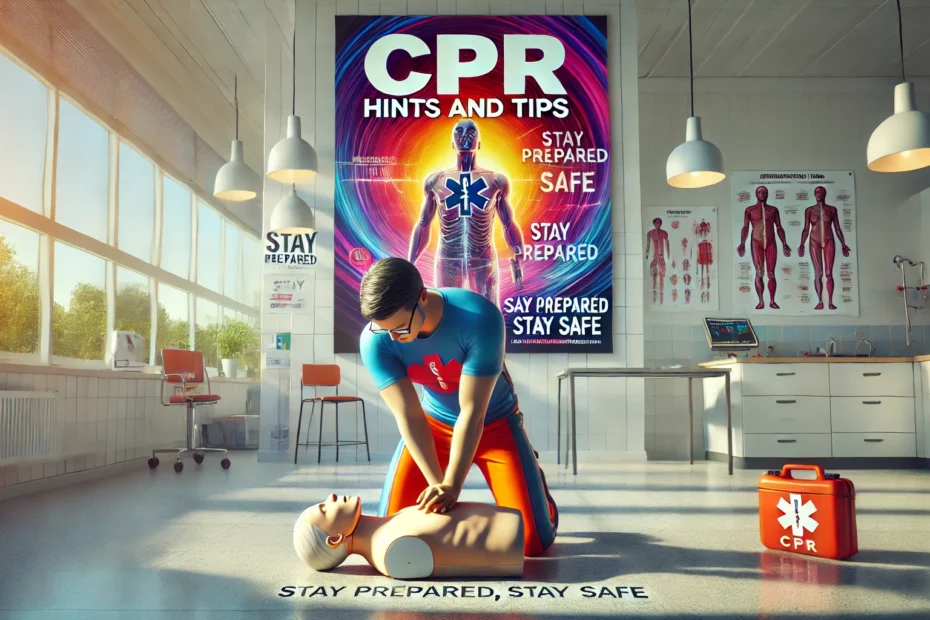Understanding the concepts of death is crucial, especially when dealing with scenarios that involve life-saving procedures such as Cardiopulmonary Resuscitation (CPR). In this discussion, we focus on the differences between clinical death and biological death, two classifications that play critical roles in CPR.
Clinical death, on one hand, is defined as the cessation or failure of all vital bodily functions. This includes heartbeat cessation, breathing stoppage, and brain activity halt. While these signs could mean the end of life for many organisms, in humans – particularly under expert medical supervision – it signifies a period where medical intervention like CPR could potentially revive an individual. Hence, clinical death serves as a critical juncture between reversible and irreversible cessation of life.
However, Biological death tells a different story. This term refers to an irreversible state where all forms of life have been extinguished – including brain cells – due to a lack or absence of oxygen supply over an extended period. At this stage, even medically advanced procedures such as CPR cannot bring the affected person back to life.
Between these two states lies a slender window where timely CPR can make all the difference. During clinical death – which can last from four to six minutes after the heart stops – immediate application of CPR may reestablish circulation and respiration, thereby potentially preventing biological death.
Moreover, understanding these differences is vital in reducing panic during high-stress emergencies and aiding effective communication among medical professionals during crisis situations involving cardiac arrest or respiratory failure. It clarifies why hospitals fight relentlessly during ‘clinical death’ periods but accept defeat when ‘biological’ takes over.
In conclusion, while both clinical and biological deaths mark the cessation of life functions, they depict different stages along the timeline towards mortality’s finality. One allows room for revival through timely medical intervention like CPR; the other marks a point beyond revival. These definitions are useful in medical emergencies to help identify the appropriate response and facilitate informed decision-making.
If you’re ready to take the next step and become CPR certified, visit Delphi CPR Training Center for more information. Their courses will equip you with the knowledge and confidence to act in an emergency, ensuring you’re prepared to be the help someone desperately needs.
